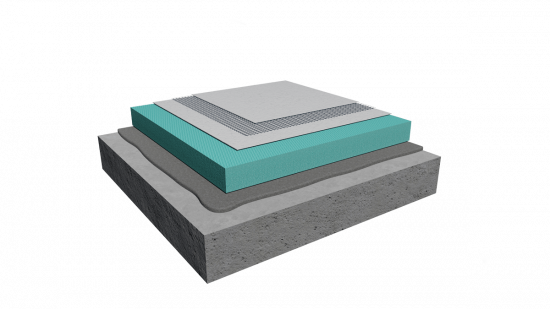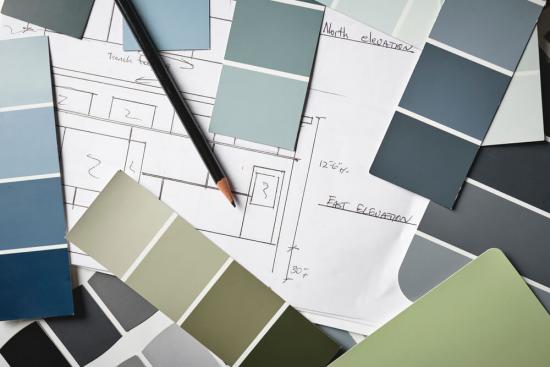Overview of Drywall / Pros and Cons
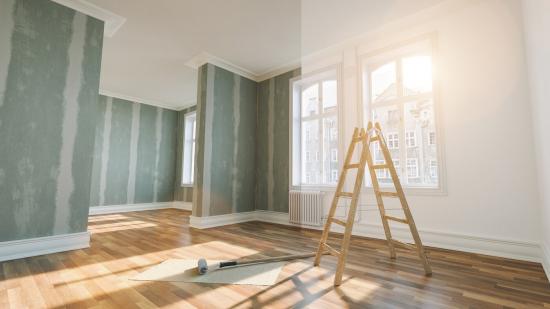
Drywall is a building concept that employs standard products of advanced technology, used in Construction, mainly in walls, terraces and facades.
Drywall materials are common products made from cement, gypsum or mineral fibers; caulking and finishing materials (stuccoing putty, reinforcement tapes, construction coatings, upholstery etc.), metal profiles (uprights, sleepers, guides etc.) as well as miscellaneous ancillaries (bolts, fixing anchors, stirrups etc.).
Applications of this construction concept started in the U.S. around 1950. The basic design principle calls for the assembly and placement of a pre-fabricated metal frame which will constitute the support for the attachment of drywall slabs (plaster boards, cement boards, mineral fiber boards etc.) with the aid of fixing systems.
Following these, and subject to the aesthetic and technical requirements of each individual project, contractors may apply specially designed materials in the joints between drywall boards, followed by suitable finishing materials (plaster, paint coatings, upholstery, tiles etc.).
Interior and Exterior Drywall
Drywall can be classified as Interior and Exterior. In Interior Drywall, it is common to have and/or thermal insulation materials between single (or twin) boards. Such materials include mineral wool, for instance. Exterior Drywall either follows the same principle or an exterior thermal insulation system is laid on top of the external drywall board layer.
Advantages
Some of the main advantages of drywall systems are, among others: ease and speed of installation, numerous possibilities for architectural design, cleanliness of application, ease of installation and access to electrical and plumbing facilities and more.
Disadvantages
Among the main disadvantages of drywall systems are: particular care for joint preparation to avoid future cracking; reduced mechanical strength (excluding certain, high-cost premium specification boards with increased strength limits); and reduced resistance to moisture (mainly with regard to plaster boards, excluding special high-cost types).
BIOCLIMA® ClimaWall® Certified External Thermal Insulation Systems comply with all the applicable National and European Regulations (ΕΟΤΑ, CPR 305/2011 etc.) and are classified for Reaction to Fire (EN 13501-1), thus assuring their thermal insulation & market performance, and enhancing the Building’s fore protection.
Furthermore, this is the first Hellenic external thermal insulation system for facades that possesses EPD (Environmental Product Declaration), contributing to the improvement of the “green” assessment of buildings according to LEED, BREEAM, DGNB, WELL etc.
Lastly, the ClimaTop® comprehensive range of finishing renders offers virtually limitless combinations of chemical composition, surface finish, granularity and shade; all these offer resistance to UV radiation and weather conditions.
The numerous combinations of BIOCLIMA® Certified External Thermal Insulation Systems offer solutions for all building layouts in any geographical area, addressing any architectural, aesthetic and environmental requirement. With regard to drywall systems in particular, there are appropriate compatible combinations ensuring trouble-free application.

